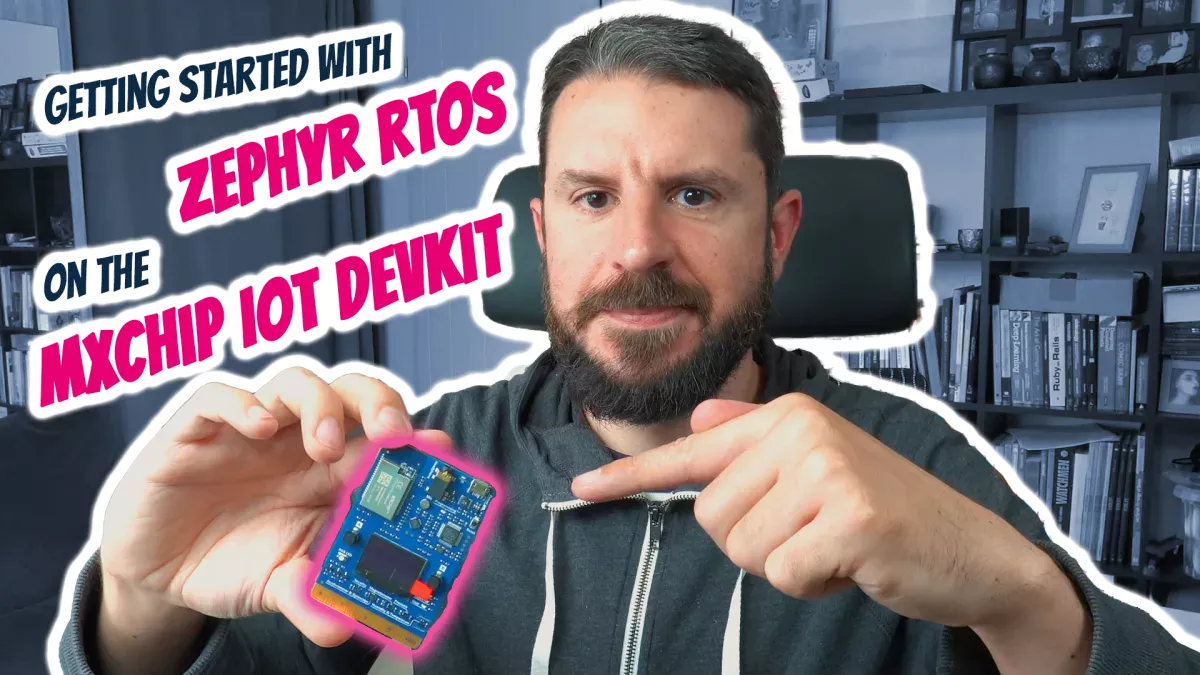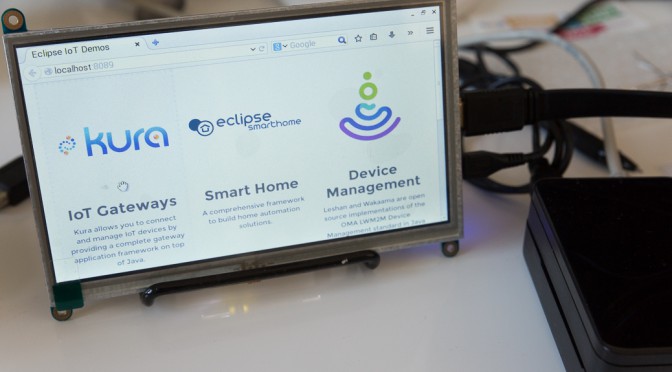Last week, when putting together my weekly Zephyr update, I spent some time recording a short(ish!) demo of how to run CodeChecker against your Zephyr RTOS project. This static code analysis tool is really impressive, and very good at spotting “smells” in your code base. Check it out, and let me know if you have any questions!
Note: Since I recorded the video, a new option has been added to directly upload results to a CodeChecker server (similar to what I demo in the video, except that I am doing this step manually)!
To use it, just pass the CODECHECKER_STORE=y CMake option when running the build, and you will be all set.

